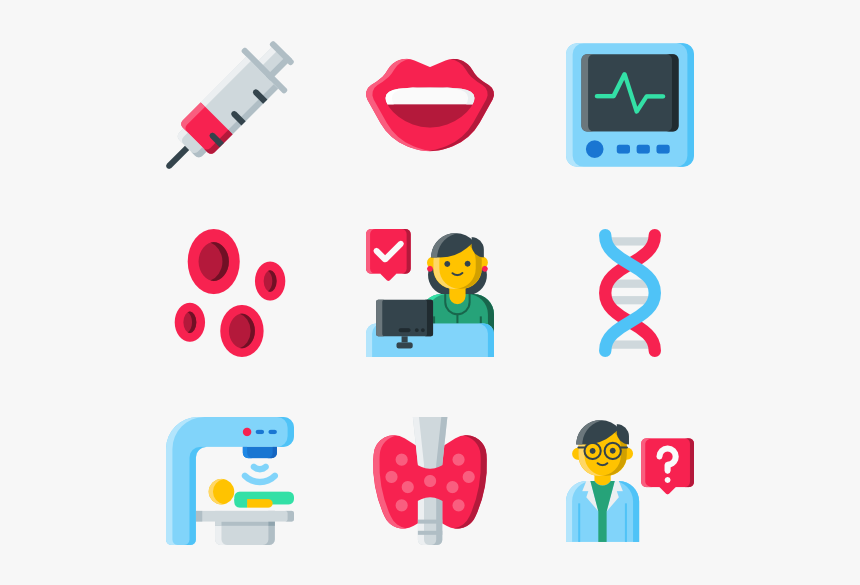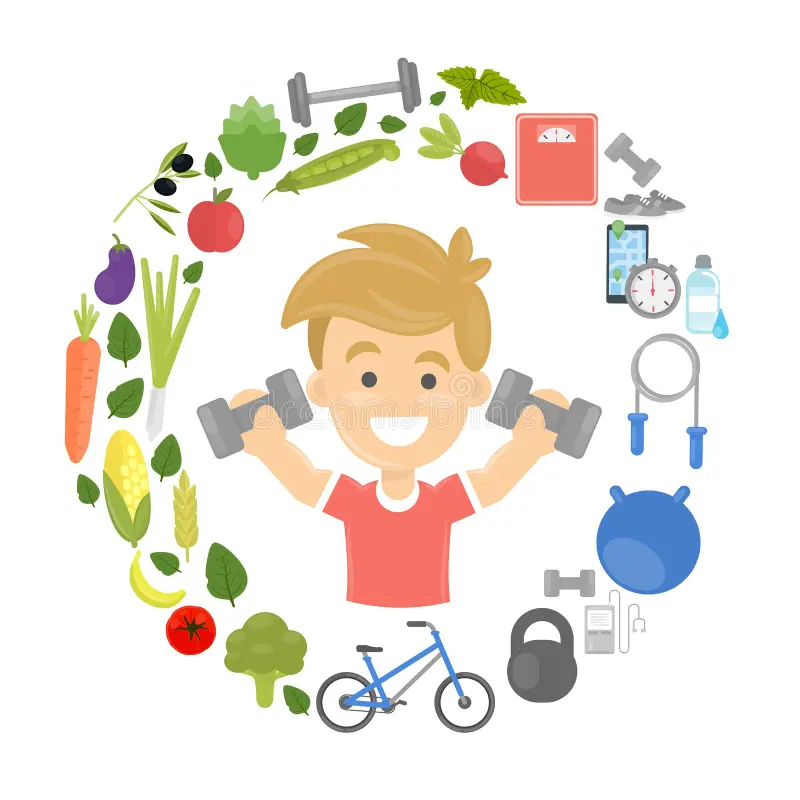Dance as a Holistic Intervention: Synergistic Effects on Physical and Mental Well-being
This article examines the multifaceted benefits of dance, analyzing its impact on physical health, mental well-being, and social integration through established physiological, psychological, and sociological lenses. We will explore how dance acts as a potent holistic wellness tool, focusing on key concepts: cardiovascular fitness, neuromuscular coordination, stress response mechanisms, and social support networks. These will be discussed within established theoretical frameworks such as exercise physiology, motor learning, psychoneuroimmunology, cognitive reserve theory, and social support theory.
1. Neuromuscular Enhancement and Proprioception: Dance necessitates precise brain-body coordination, improving neuromuscular coordination and proprioception (body awareness of position and movement). This is crucial for balance and fall prevention, particularly in older adults. This aligns with principles of motor learning and neuroplasticity; repetitive dance practice strengthens neural pathways. Furthermore, dance techniques, such as those in ballet, enhance strength, flexibility, and posture, improving musculoskeletal health, a concept directly related to the biomechanics of movement.
2. Cardiovascular Health and Metabolic Function: Rhythmic dance acts as robust cardiovascular exercise, increasing heart rate and oxygen uptake, thus improving cardiovascular fitness, similar to traditional aerobic exercise. This adheres to exercise physiology principles, improving cardiac function and lowering cardiovascular disease risk (e.g., coronary artery disease, stroke). Dance also enhances metabolic function and aids weight management via increased energy expenditure and fat oxidation, a principle central to energy balance theory.
3. Stress Reduction and Emotional Regulation: Dance reduces stress by releasing endorphins, natural mood elevators. This illustrates the mind-body connection within psychoneuroimmunology. The rhythmic, often expressive nature of dance provides catharsis, managing stress, anxiety, and depression, aligning with established psychological stress-coping mechanisms.
4. Cognitive Enhancement and Neuroplasticity: Learning and executing dance routines engage cognitive functions (memory, attention, executive function). This mental stimulation builds cognitive reserve, potentially delaying age-related cognitive decline. This aligns with cognitive reserve theory, which posits the brain's adaptive capacity through continued cognitive engagement.
5. Social Interaction and Community Building: Group dance classes and performances foster social interaction and community, strengthening social support networks and reducing loneliness and isolation. Social support theory emphasizes the importance of social connections for psychological resilience and overall health. The formation of shared goals and collaborative effort in group dance settings directly impact social cohesion and well-being.
6. Self-Esteem and Body Image: Mastering dance and creative self-expression through movement boosts self-esteem and body image. Improved physical fitness and confidence contribute to positive self-perception. This aligns with self-efficacy and social cognitive theory, emphasizing self-belief and positive feedback in shaping behavior and self-concept. The process of achieving mastery in dance can directly translate to increased self-efficacy in other areas of life.
Conclusions and Recommendations:
Dance demonstrably offers substantial physical and psychological benefits, impacting cardiovascular health, neuromuscular function, stress management, cognitive function, social well-being, and self-esteem. Public health strategies should promote dance as an engaging method to improve population health. Future research should focus on developing tailored dance programs for specific demographics (older adults, individuals with chronic conditions) to maximize accessibility and effectiveness. Longitudinal studies are needed to evaluate the long-term effects of dance on diverse health outcomes and the cost-effectiveness of integrating dance into healthcare and wellness initiatives. A comprehensive cost-benefit analysis, incorporating both direct and indirect healthcare costs, would provide further support for widespread implementation of dance-based interventions.
Reader Pool: Considering the presented evidence on dance's multifaceted benefits, how might a nuanced understanding of individual needs and preferences inform the design and implementation of effective dance-based interventions to maximize their impact on holistic well-being?







No comments yet. Be the first to share your thoughts!